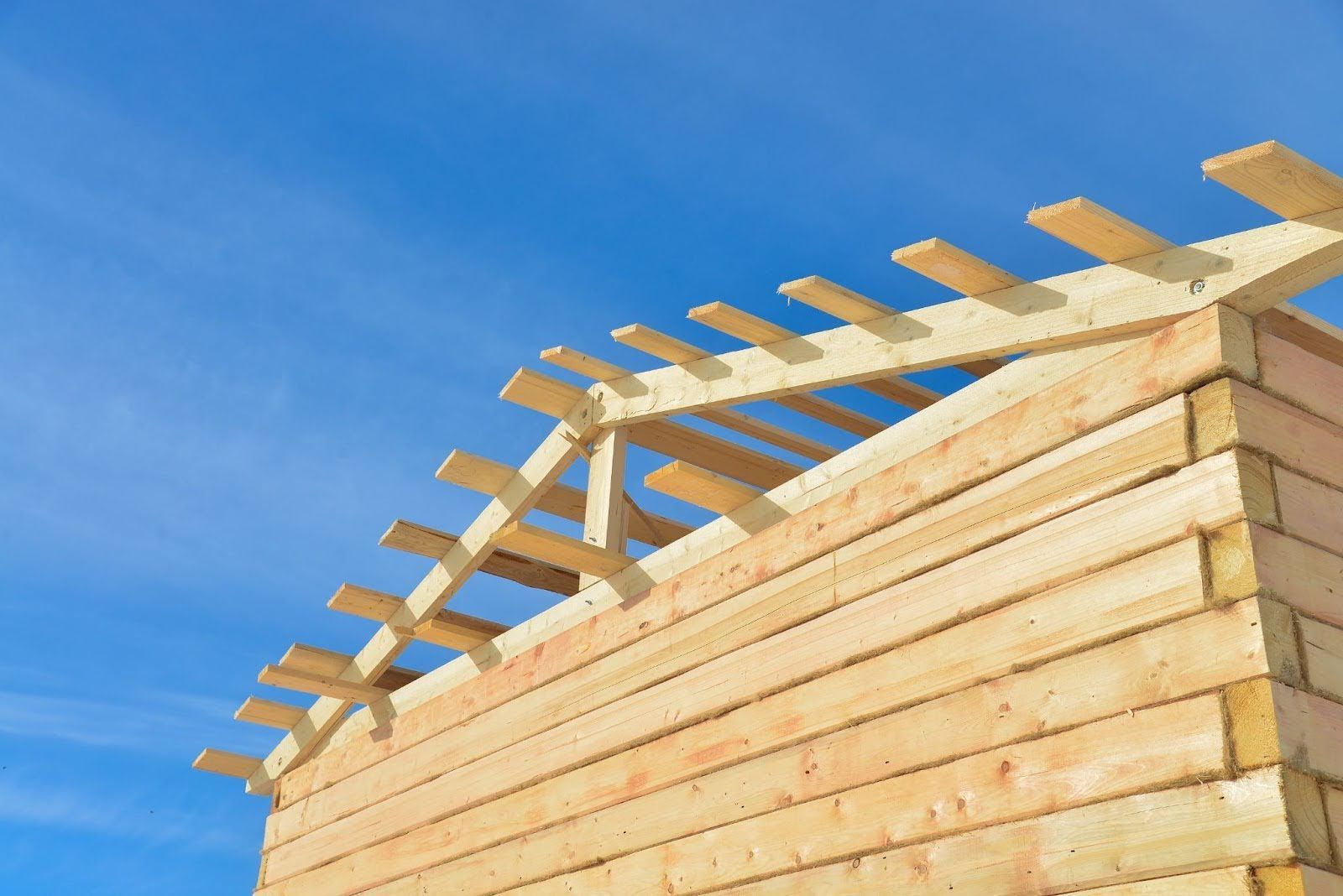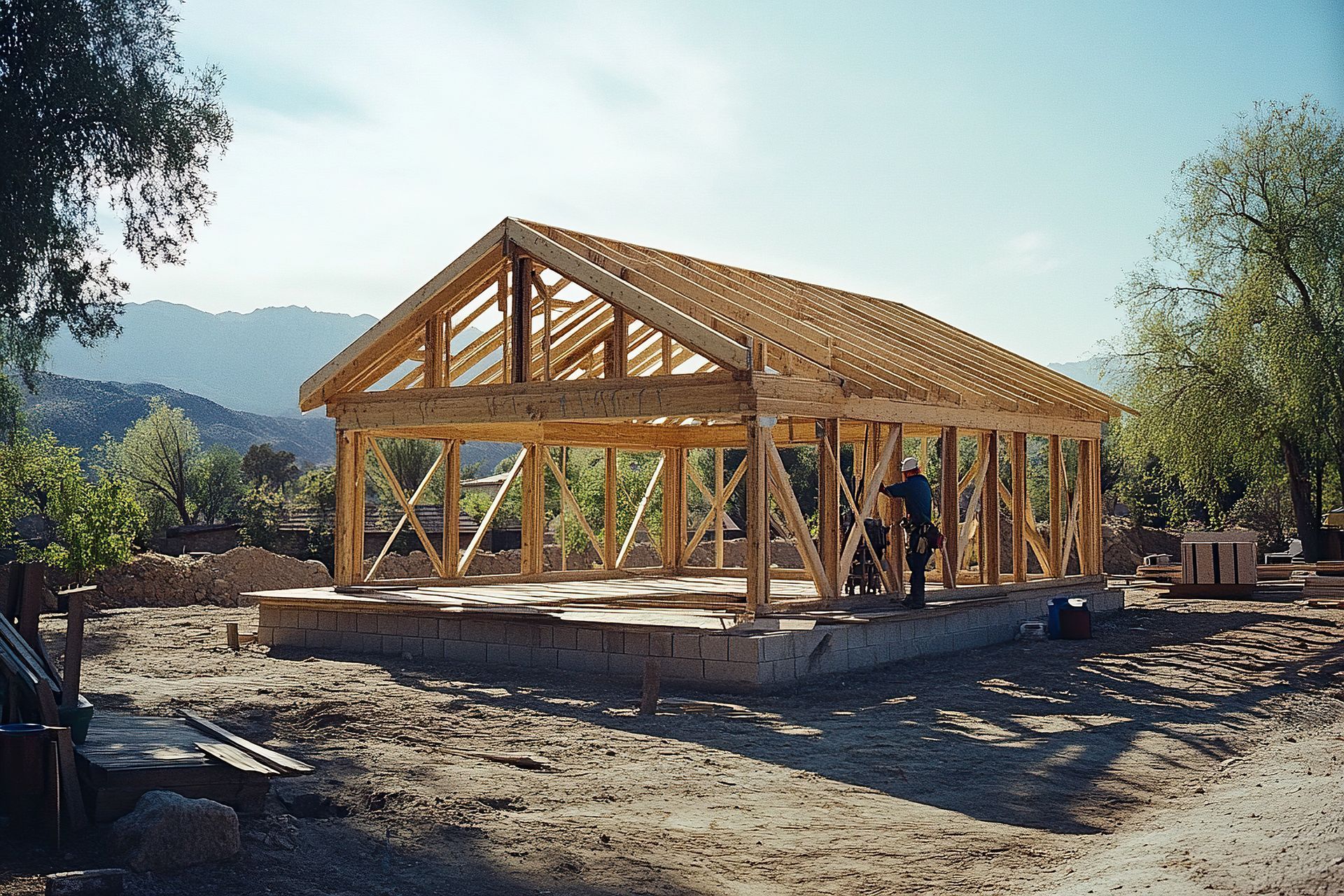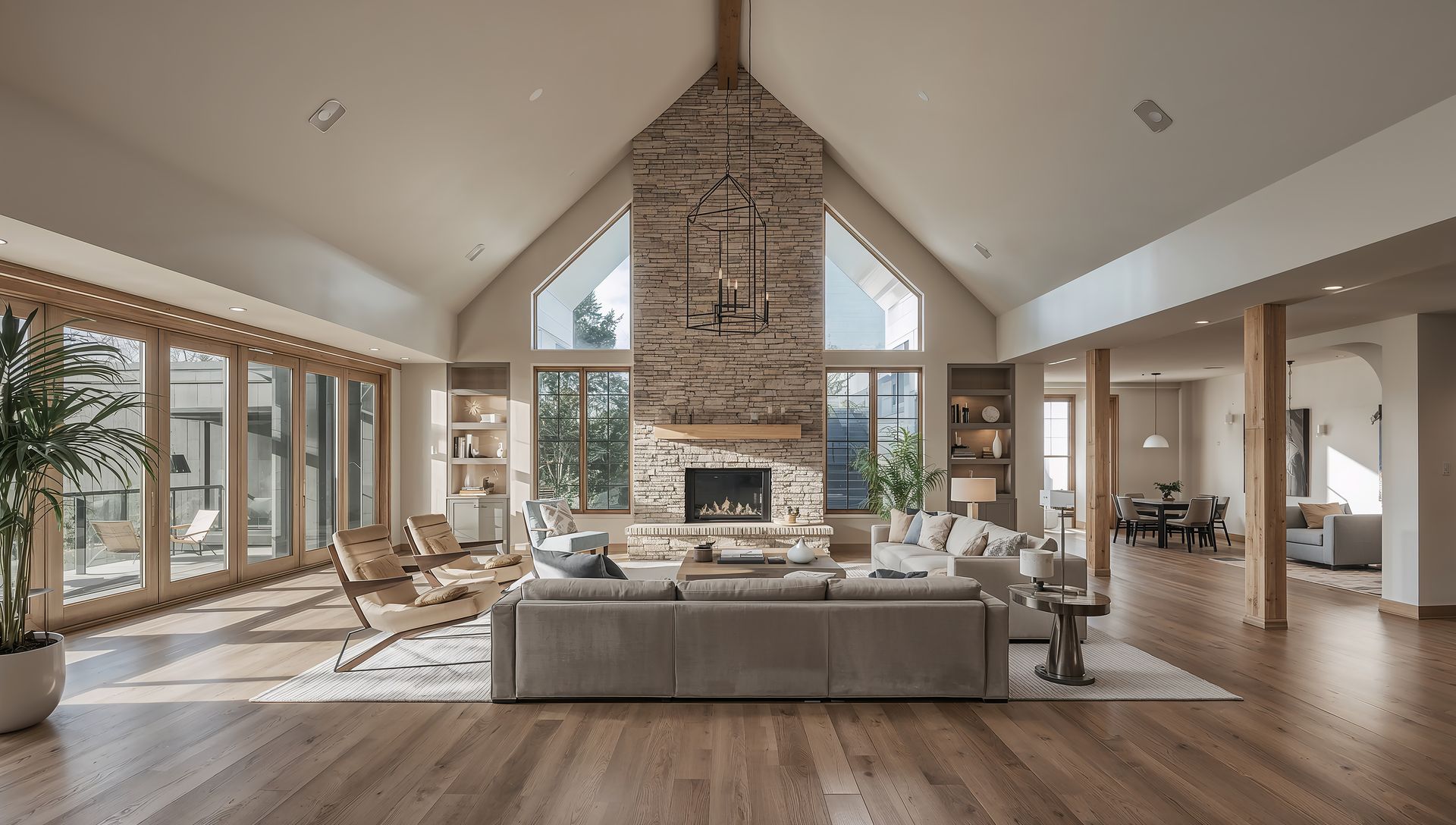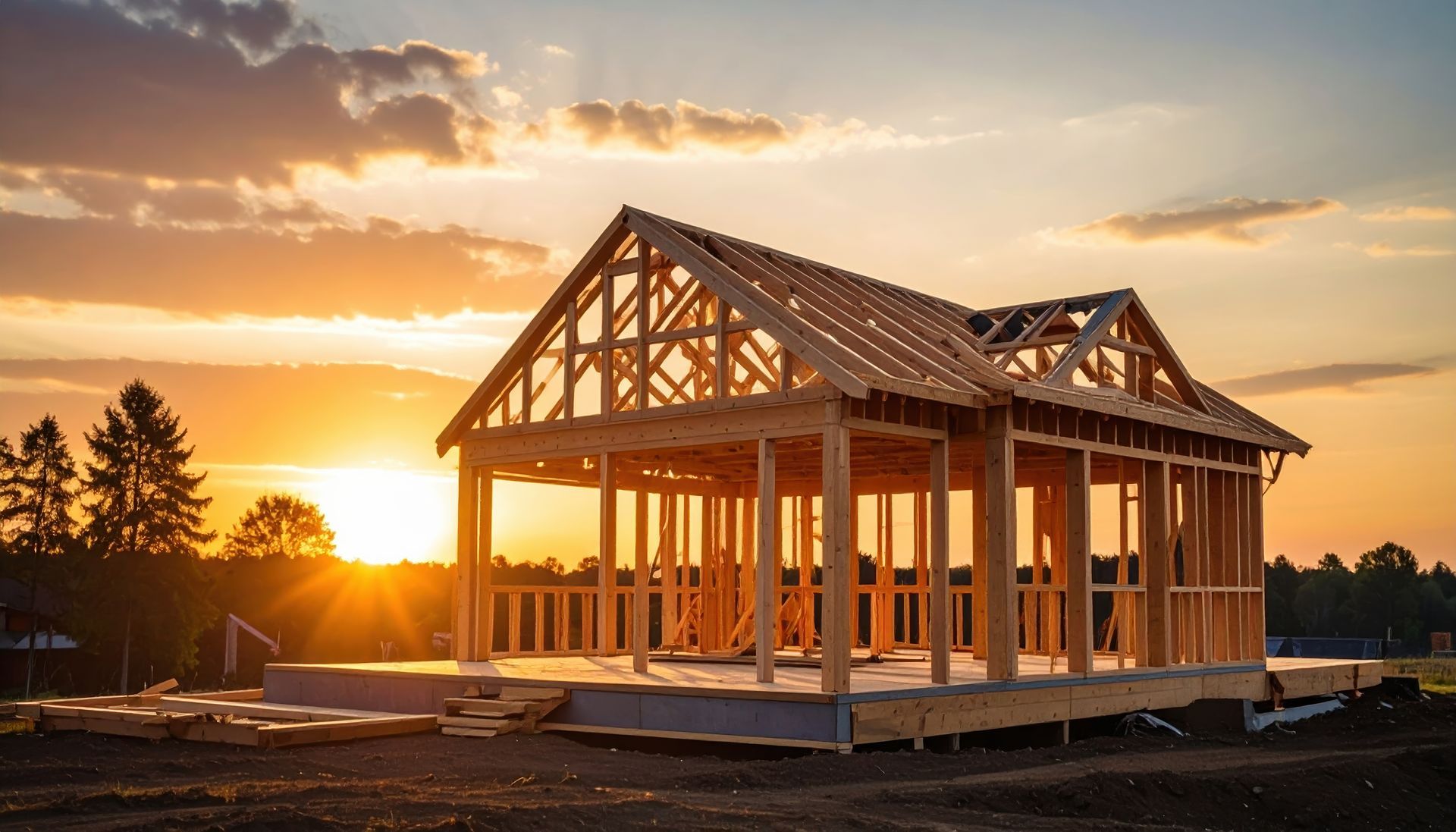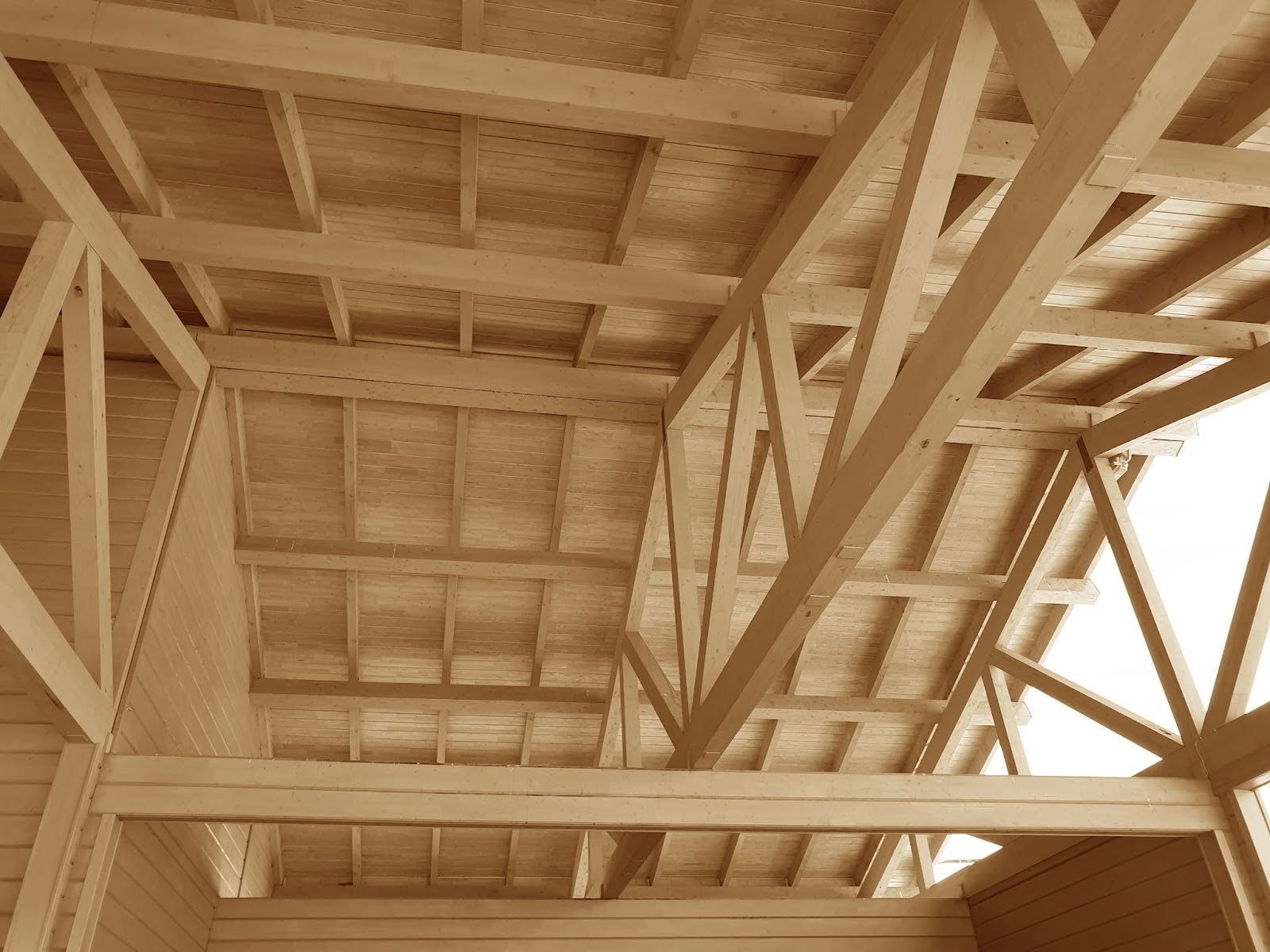Lumber's Lifecycle: From Mill to Mulch
The lifecycle of lumber is a fascinating journey that begins in the forest and ends with products that enrich our daily lives. From the careful management of forests to the innovative use of wood by-products, each stage in the lifecycle of lumber plays a crucial role in promoting sustainability. Efficient milling processes ensure minimal waste, while advancements in recycling help extend the usefulness of wood fibers. By prioritizing sustainable forestry and innovative manufacturing, the lumber industry continues to evolve toward greater environmental responsibility.
Sustainable Forestry Practices
Sustainable forestry serves as the foundation of the lumber lifecycle, ensuring the industry can thrive without exhausting the resources it depends on. Responsible forestry management is essential for forest regeneration and maintaining biodiversity. Techniques such as selective logging help minimize ecological disruption while replanting efforts ensure that harvested trees are replaced. Certification by organizations like the Forest Stewardship Council (FSC) assures consumers that their lumber products originate from responsibly managed sources.
California's local regulations bolster sustainable forestry by enforcing guidelines that protect the state's diverse ecosystems. These rules ensure forestry operations are conducted in a way that maintains environmental balance, which is crucial for the forests' long-term health. The state's commitment to sustainability is evident in its support for practices that prioritize ecological preservation.
The Milling Process
Once the timber is harvested, it undergoes a milling process to transform it into usable lumber. This involves several stages, including debarking, sawing, and drying. Different types of sawmills, such as circular and band sawmills, play distinct roles in this process. Circular sawmills are typically used for larger logs, while band sawmills are more efficient for smaller logs and generate less waste. Efficiency and waste reduction are key goals during milling, contributing to the lumber industry's overall sustainability.
Technological advancements have greatly enhanced the milling process over the years. Modern sawmills utilize computerized systems to optimize cutting patterns, reducing waste and maximizing yield. This not only improves milling efficiency but also supports sustainability by minimizing unused wood. During milling, by-products like sawdust and wood chips are produced. Once considered waste, these materials have become valuable resources.
Innovative Uses for Wood By-Products
Repurposing wood by-products has become an integral part of the lumber industry, with various sectors finding creative uses for these materials. Sawdust is transformed into products like particleboard and fuel pellets, offering alternatives to traditional wood products and fossil fuels. Wood chips are commonly used in landscaping and as a base material in construction, providing a sustainable option for these applications. By repurposing wood by-products, the industry not only reduces landfill waste but also contributes to a circular economy. Innovations in wood recycling continue to evolve, with new methods and products being developed regularly.
Landscaping with Wood By-Products
Wood by-products are frequently used in landscaping, offering numerous benefits. Wood mulch, for example, aids in moisture retention and weed control, making it a popular choice for gardeners and landscapers. As mulch decomposes, it enriches the soil with organic matter, enhancing soil health and promoting plant growth. The aesthetic appeal of wood mulch adds to its popularity in gardens and public spaces. In California, landscaping trends often favor natural materials like wood mulch, aligning with the state's emphasis on sustainability. Successful landscaping projects in the region frequently utilize wood by-products, showcasing their versatility and environmental benefits.
Environmental Impact and Sustainability
The environmental impact of the lumber lifecycle, from harvesting to end-use, is a topic of ongoing analysis. Utilizing wood by-products aligns with sustainable development goals by reducing waste and promoting resource efficiency. Ramona Lumber Co. is dedicated to minimizing waste and advocating for eco-friendly practices, reflecting the industry's broader commitment to sustainability. Compared to alternative building materials, wood products often have a lower carbon footprint, as they are renewable and biodegradable. Environmental experts continue to study the future of sustainable lumber practices, offering insights into how the industry can further reduce its environmental impact.
Emerging Trends in the Lumber Industry
Emerging trends in the lumber industry emphasize sustainability and innovation. Advancements in recycling technology hold the potential to further improve by-product utilization, making the industry even more efficient. As consumer preferences shift towards more sustainable products, the demand for eco-friendly wood products is likely to increase. Local initiatives in California aim to promote sustainable lumber use, reflecting the state's leadership in environmental stewardship. Global environmental policies also have the potential to impact the lumber industry, encouraging further adoption of sustainable practices.
Technological Advancements in Lumber Processing
Technological innovations continue to reshape the lumber industry, offering new ways to enhance efficiency and sustainability. Advanced machinery and computerized systems have revolutionized lumber processing, enabling precise cutting and reducing waste. These technologies help optimize resource use and minimize environmental impact, supporting the industry's commitment to sustainability. As technology evolves, the potential for further improvements in lumber processing and by-product utilization increases, paving the way for a more sustainable future.
The Role of Consumer Awareness
Consumer awareness plays a vital role in driving the demand for sustainable lumber products. As more people become conscious of environmental issues, the preference for eco-friendly materials grows. Educating consumers about the
benefits of sustainable forestry and the advantages of wood by-products can further boost demand for responsibly sourced lumber. By choosing products certified by organizations like the FSC, consumers can support sustainable practices and contribute to the preservation of forests.
Global Impact of Sustainable Lumber Practices
The global impact of sustainable lumber practices extends beyond local ecosystems, influencing international efforts to combat climate change and promote environmental stewardship. By adopting sustainable forestry methods and innovative technologies, the lumber industry can play a significant role in reducing carbon emissions and conserving natural resources. Collaborative efforts among countries, industries, and environmental organizations are essential for advancing sustainable lumber practices on a global scale.
The lumber industry is evolving to meet the demands of a more sustainable future. From sustainable forestry practices to the innovative use of wood by-products, the industry is finding new ways to reduce its environmental impact while continuing to provide valuable resources. With ongoing advancements in technology and a growing emphasis on sustainability, the future of the lumber industry looks promising, offering new opportunities for businesses and consumers alike. By embracing sustainable practices and supporting innovation, the lumber industry can contribute to a healthier planet and a more sustainable future.
For more information about our commitment to sustainable lumber practices and innovative wood by-products,
contact Ramona Lumber Co. today. We are dedicated to providing eco-friendly solutions and supporting the preservation of our forests for future generations.

